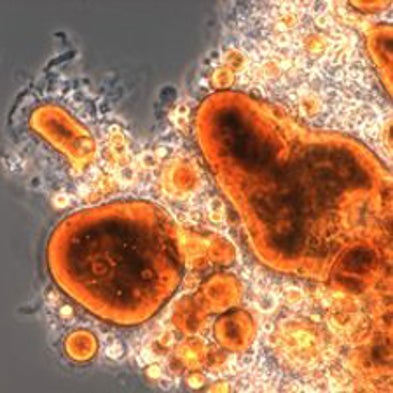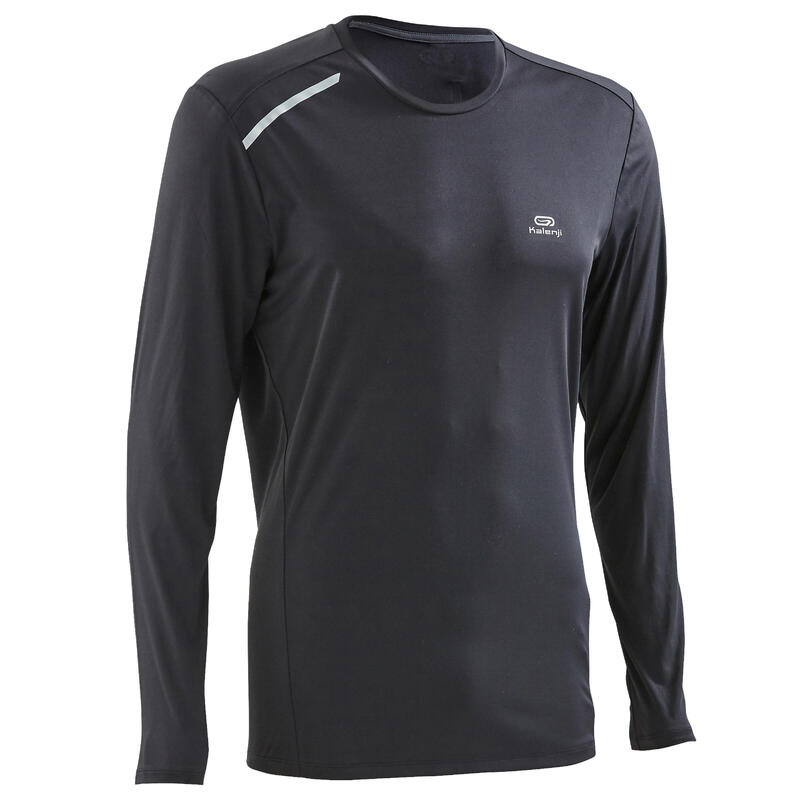The sea is naturally self-cleaning because most pollution is eaten by microorganisms living in the water. Start of the Catalina Oil Eating Bacteria experiment.
 Meet The Microbes Eating The Gulf Oil Spill Slide Show Scientific American
Meet The Microbes Eating The Gulf Oil Spill Slide Show Scientific American
Like cars some microbes use oil as fuel.

Oil eating bacteria. These disasters occur on a regular basis leading to messy decontamination. Note the nutrients were included with the bacteria. Not only did the gene sequencing show several bacteria could break down aromatic hydrocarbons it illuminated how various species worked.
Mariana Trench believed to be home to greatest concentration of hydrocarbon consuming bacteria of anywhere on Earth. This order of microbespart of the Proteobacteria phylum named after the shape-shifting Greek god Proteusassume a number of forms and roles in eliminating an oil. There are species of marine bacteria in several families including Marinobacter Oceanospiralles Pseudomonas and Alkanivorax that can eat compounds from petroleum as part of their diet.
Several species of marine bacteria that feed on ingredients in crude oil and natural gas bloomed during the spill feasting on Louisiana light sweet crude. THE creation of an underwater observatory in the Faroe-Shetland Channel has found its waters are teeming with oil -eating bacteria that could help deal with future oil spills. There might be some bacteria in the control just from the carbon pellets breaking up.
Oil spills and their impact on the environment are a source of concern for scientists. How do these bacteria do what they do and how relevant is their discovery to helping alleviate contemporary environmental problems such as cleaning. The microbes did a spectacular job of eating a lot.
It is the first observatory of its kind in the northeast Atlantic an area with a high level of oil and gas and shipping activity. Start Motor oil and chlorine purged tap water nutrients with and without bacteria. Oil-Eating Bacteria Engineered Scientists are experimenting with green microbes in the lab that could someday be used to gobble up oil spills along coastlines without damaging the environment.
Such microorganisms are a big reason why BPs 2010 oil spill in the Gulf of Mexico was not far worse. Professor Terry Hazen an environmental microbiologist described these organisms as oil-seeking missiles Such organisms were partly responsible for what took place in the Gulf of Mexico as described at the outset. Others like Neptuniibacter werent known to be involved with degrading oil in the Gulf.
Scientific research has shown that an array of marine bacteria can break down the long-chain carbon molecules present in oil. Unique oil-eating bacteria discovered in worlds deepest ocean trench. It is a complex mixture of hydrocarbons chemicals.
Oil Spills cause huge damage to our oceans environment and marine lifeRecent studies indicate the ability of certain bacteria in removing oil. The bacterial metabolism of crude oil cannot move faster than the oil kills wildlife but oil-eating bacteria have been and will continue to be part of the long-term clean-up process for oil spills. Oil Eating Microbes or OEMs are normally found in marine environments where they feed upon the variety of compounds that make crude oil.
April 12 UPI -- Scientists have discovered oil-eating bacteria in the planets deepest oceanic trench the Mariana Trench. Scientists have discovered unique oil-eating bacteria at the bottom of the Mariana Trench. In fact there are at least seven species of bacteria that can survive solely on oil.
One bacterium known to have oil-eating abilities Alcanivorax was previously thought incapable of consuming the more stable hydrocarbons the spill left behind. An international team of. However waiting for them to remove oil spills take.











